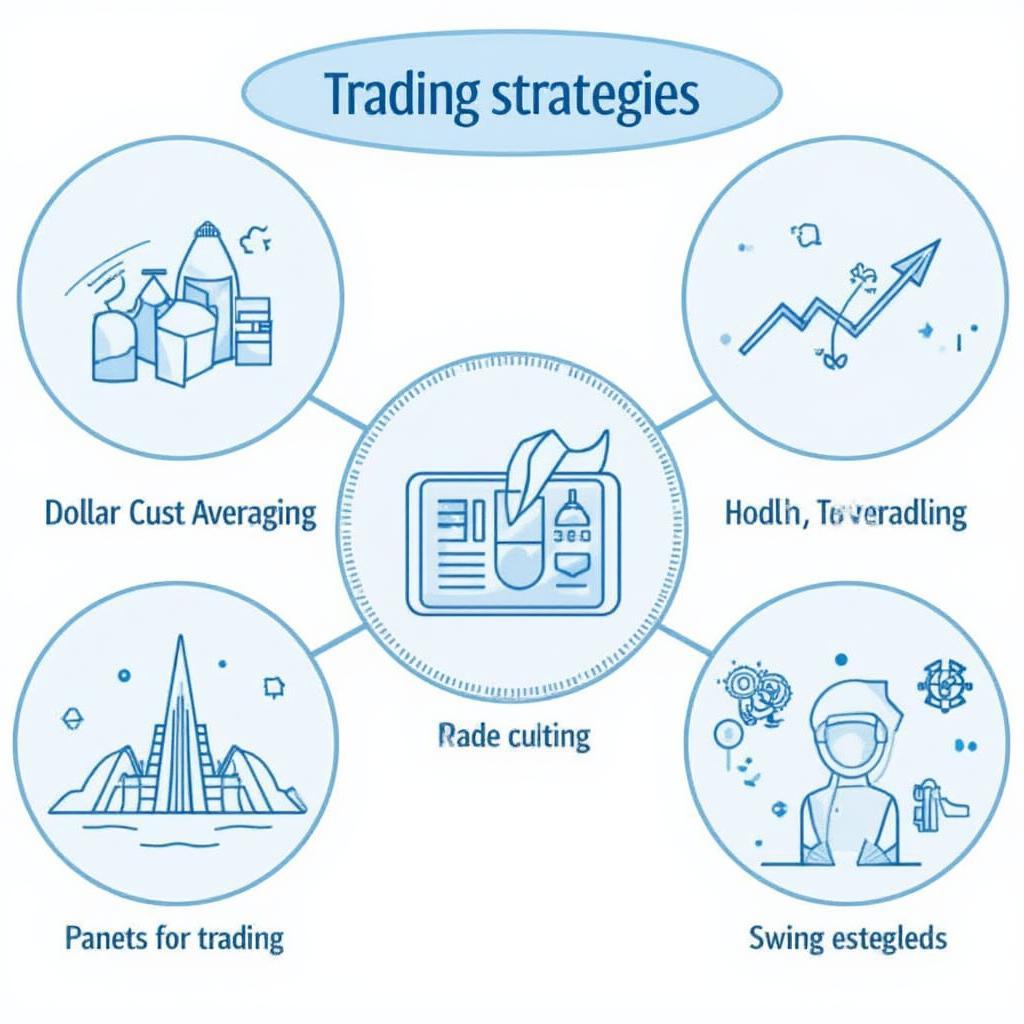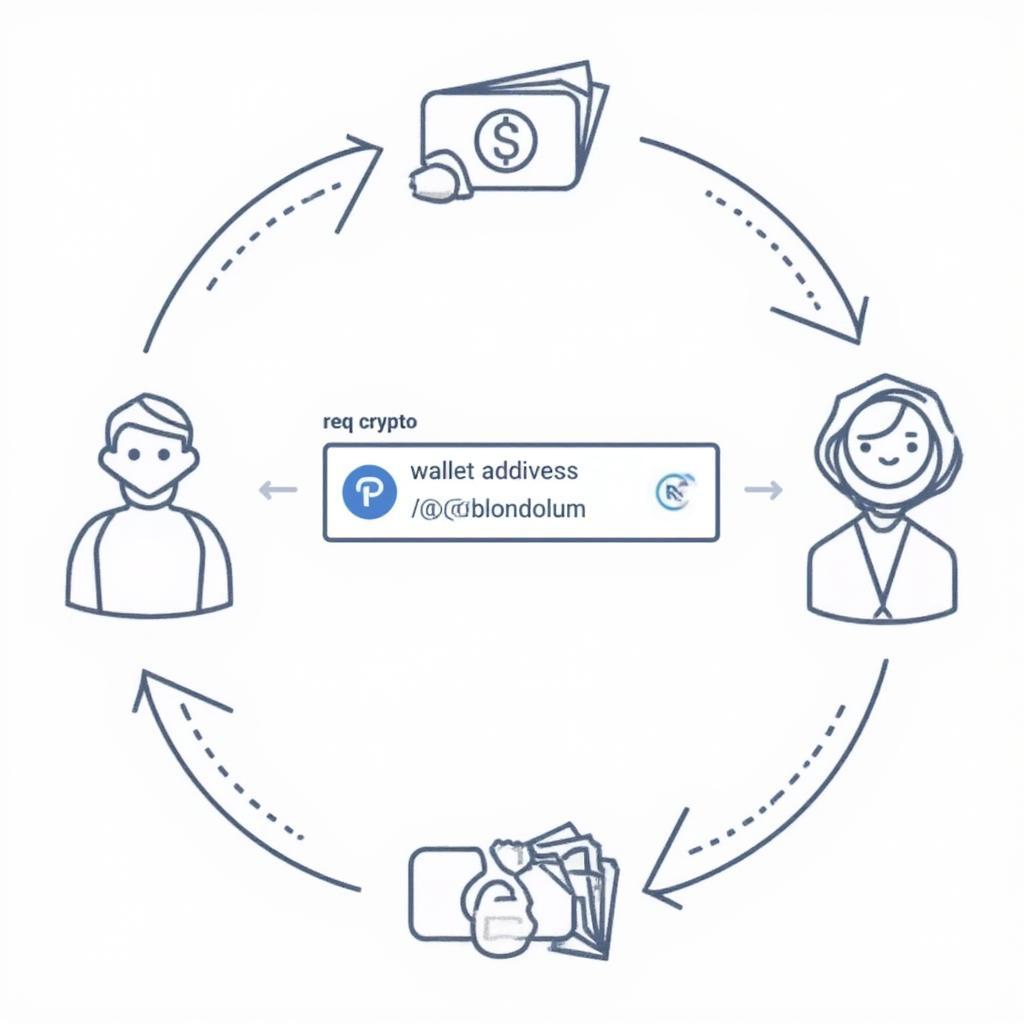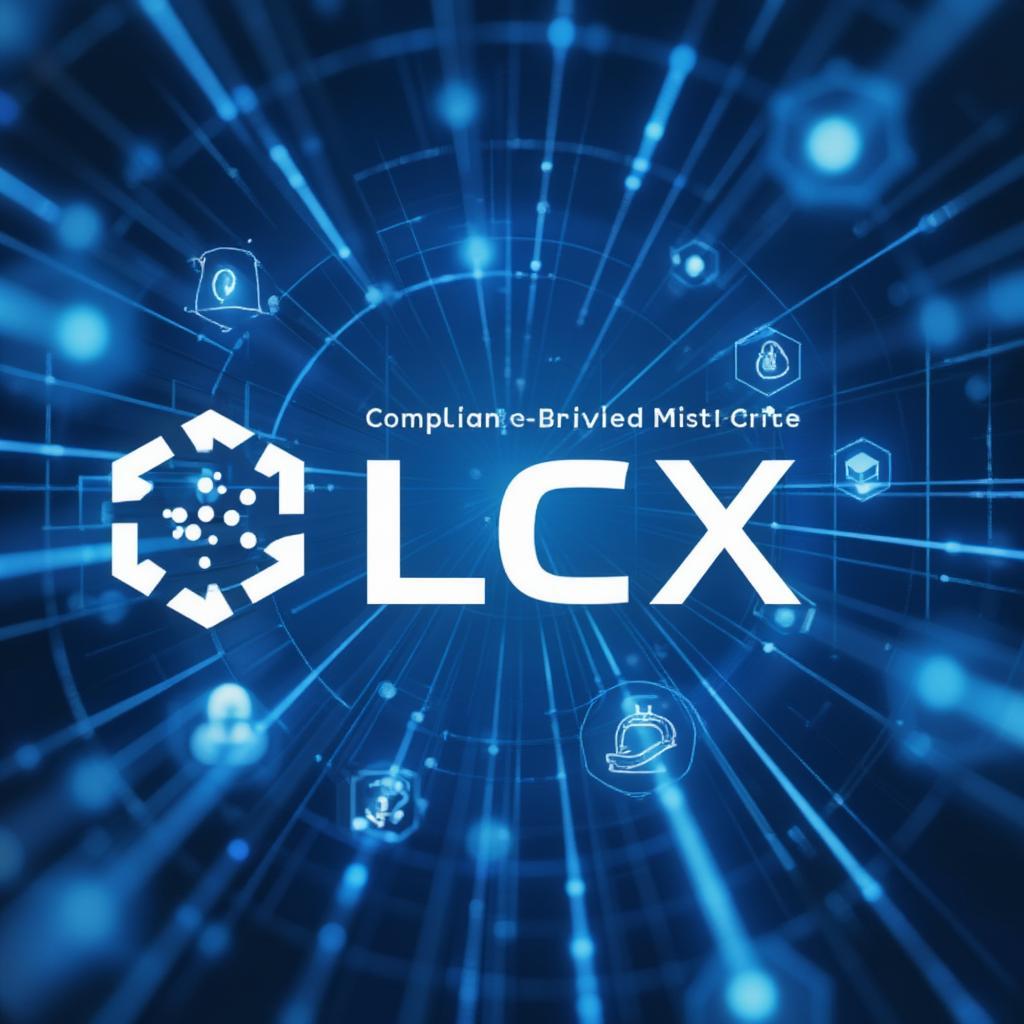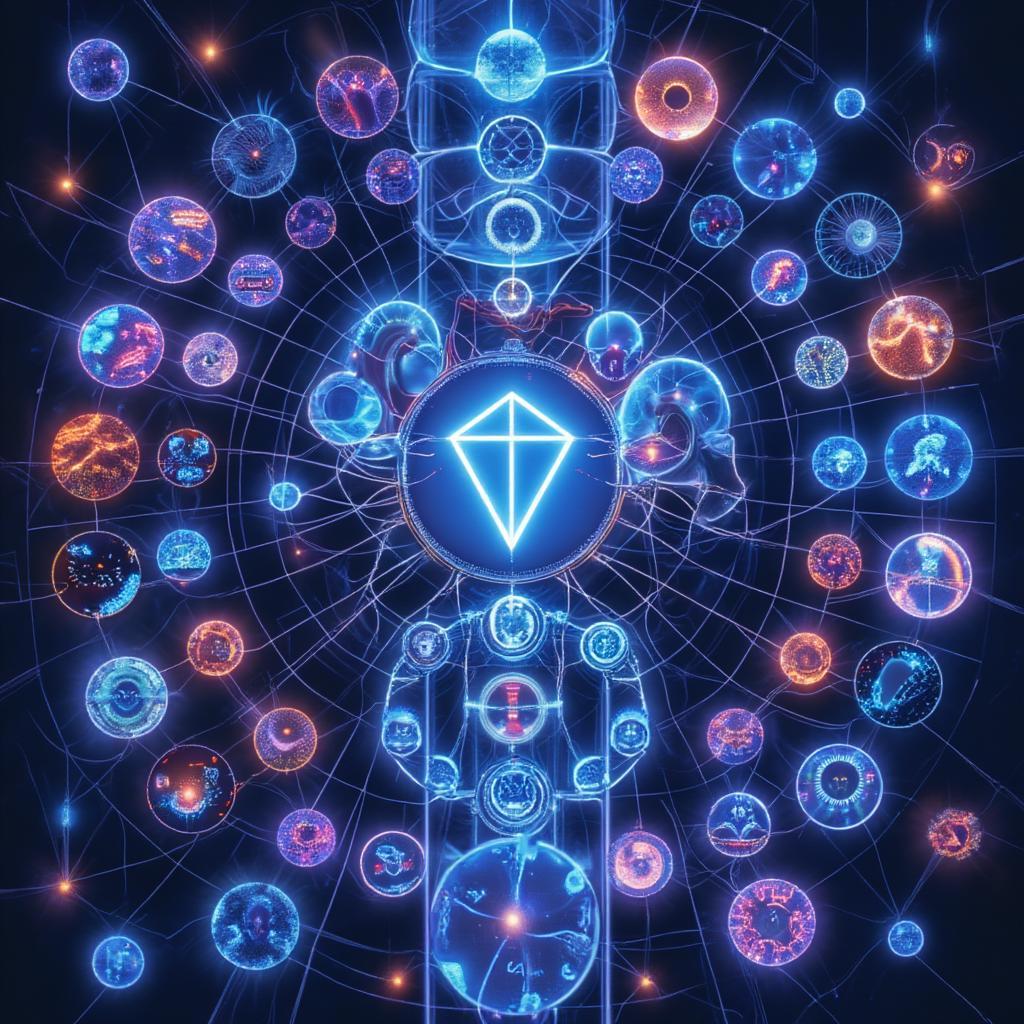Web 3 Crypto: Unveiling the Future of the Internet and Decentralized Finance

The convergence of web3 and cryptocurrency is rapidly reshaping the digital landscape, promising a more decentralized, transparent, and user-centric internet experience. This innovative fusion is not just a technological shift; it’s a paradigm change in how we interact with data, finance, and online communities. Understanding the nuances of web3 crypto is crucial for anyone looking to navigate the future of the digital world.
What Exactly is Web 3 Crypto?
Web3 crypto isn’t just about buying and selling digital assets. At its core, it represents a new iteration of the internet that leverages blockchain technology, decentralized finance (DeFi), and tokenization. Unlike Web 2.0, dominated by centralized tech giants, web3 aims to empower individuals by returning control of data and assets to the users themselves. This decentralized nature is the heart of the web3 crypto revolution. Think of it as a transition from a heavily controlled internet to a community-driven network.
Key Components of Web3 Crypto
- Blockchain Technology: The bedrock of web3, blockchain, provides a secure, transparent, and immutable ledger for transactions and data. It allows for the tracking and verification of digital ownership without the need for central authorities. This fundamental technology enables the creation of decentralized applications (dApps) and cryptocurrencies.
- Decentralized Finance (DeFi): DeFi aims to replicate traditional financial services – like lending, borrowing, and trading – through decentralized platforms. It eliminates intermediaries, reduces transaction costs, and increases accessibility to financial tools for everyone, not just the privileged few.
- Tokenization: Tokenization is the process of representing assets on the blockchain using digital tokens. This process allows for fractional ownership, increased liquidity, and more efficient trading across various markets, from real estate to fine art.
- Smart Contracts: Self-executing contracts on the blockchain, smart contracts automatically carry out transactions once the predefined conditions are met. This mechanism ensures trust and efficiency in web3 applications, minimizing fraud and disputes.
These elements work together to create an ecosystem where data control is in the hands of the users, transactions are transparent and secure, and communities have more say in the governance of the digital platforms they interact with. Web3 crypto isn’t just an evolution; it’s a revolution in how we interact with technology.
Why is Web3 Crypto Gaining Momentum?
The appeal of web3 crypto lies in its potential to address many of the issues present in the current internet landscape. Centralized platforms often control user data and have the power to censor content, leading to concerns about privacy, security, and censorship. Web3 offers a different model. Here’s why it’s gaining momentum:
- Enhanced Security: Blockchain’s distributed nature makes it incredibly difficult for hackers to compromise user data. Since no single entity controls the network, the attack surface is significantly reduced.
- Greater Transparency: All transactions on the blockchain are publicly visible, albeit with pseudonymous addresses. This transparency fosters trust and accountability.
- User Empowerment: Web3 empowers users by giving them ownership over their data and digital assets. This shift reduces reliance on large corporations.
- New Economic Models: Web3 introduces innovative economic models where users can directly benefit from their participation in a network, through mechanisms like token rewards and community governance.
- Innovation in Applications: Web3 is not just about finance. It is the base for building innovative applications in many fields, from gaming and virtual reality to supply chain management and digital identity.
“The beauty of Web3 crypto is that it shifts the power dynamic. Instead of relying on centralized giants, individuals can directly interact, trade, and innovate, creating a more democratized internet,” says Dr. Anya Sharma, a leading expert in blockchain technologies at the Global Digital Innovation Institute. “This shift is not just technological; it’s a socio-economic transformation.”
How Can You Participate in the Web3 Crypto Space?
Participating in the web3 crypto space can be as simple as holding cryptocurrency or as involved as developing decentralized applications. Here are some starting points:
- Education: Learn the basics of blockchain, cryptocurrencies, and decentralized finance. Numerous free resources are available online.
- Cryptocurrency Investment: Start with a small investment in well-established cryptocurrencies, like Bitcoin or Ethereum, using a reputable exchange. Remember to conduct thorough research and understand the risk involved before investing.
- DeFi Exploration: Explore decentralized finance platforms to earn interest on your crypto holdings or participate in lending and borrowing. However, be aware of the complexities and risks of DeFi protocols.
- dApp Usage: Experiment with decentralized applications in various fields such as gaming, social media, and content creation. This is one of the best ways to experience the potential of web3.
- Community Engagement: Join online communities on Discord or Telegram to connect with like-minded individuals, learn from others, and contribute to the ecosystem.
“Web3 crypto is not a spectator sport. The more people who engage with and contribute to the community, the more robust and impactful the technology becomes.” – Marcus Dubois, a well-known crypto enthusiast and community builder.
The Challenges and Opportunities in Web3 Crypto
Despite its incredible potential, web3 crypto also faces some challenges:
- Scalability Issues: Some blockchains struggle with processing high volumes of transactions, leading to congestion and higher fees. Solving these scalability issues is critical for mainstream adoption.
- Complexity: The technology behind web3 can be complex, creating a barrier to entry for many users. Simplifying the user experience is crucial for wider adoption.
- Regulation: The regulatory landscape for web3 crypto is still evolving. Clear and consistent regulations are needed to foster innovation and protect consumers.
- Security Risks: Although blockchains are secure, individual users can still be vulnerable to scams, phishing attacks, and other security risks. User awareness and robust security practices are essential.
However, these challenges also create significant opportunities for innovation and growth:
- Layer 2 Solutions: Developers are working on Layer 2 solutions to increase transaction speeds and reduce fees on blockchains.
- User-Friendly Interfaces: Efforts are underway to simplify user interfaces and make it easier for people to interact with web3 applications.
- Regulatory Clarity: As governments and regulatory bodies become more familiar with web3 crypto, we can expect greater regulatory clarity, fostering more trust and adoption.
- Security Innovations: New security solutions are emerging to protect users from online threats and ensure the security of their digital assets.

The Future of Web3 Crypto
Web3 crypto is more than just a buzzword; it’s a powerful movement with the potential to reshape the internet and beyond. As technology continues to advance, web3 is poised to become the new standard for digital interaction, ushering in a new era of transparency, decentralization, and user empowerment. The implications reach far beyond just technology; it’s about creating a more equitable digital world. The journey is still unfolding, but the path is clear – web3 crypto is here to stay.
“We’re at a pivotal point where the choices we make today will shape the future of the internet for decades to come,” states Professor Benjamin Chen, an expert in digital economics at the London School of Business. “Web3 crypto is not just a trend; it’s a fundamental shift that requires our attention and understanding.”
FAQ About Web3 Crypto
Here are some frequently asked questions about web3 crypto:
1. What is the difference between Web 2.0 and Web 3.0?
Web 2.0 is characterized by centralized platforms controlling user data and services, while Web 3.0 aims to be decentralized, using blockchain, giving users more control over their data and interactions.
2. Is Web3 Crypto the same as Cryptocurrency?
While cryptocurrency is a part of Web3, they are not the same thing. Cryptocurrency is a digital asset, and Web3 is the broader concept of a decentralized internet that uses blockchain technology, where cryptocurrency is often the main form of digital money.
3. How Secure is Web3 Crypto?
Web3 crypto relies on blockchain’s strong cryptography and decentralization which makes it inherently more secure than Web2 platforms. However, users should still be careful about scams and phishing attacks.
4. What are some examples of Web3 applications?
Examples include decentralized exchanges (DEXs), NFT marketplaces, decentralized social media platforms, and blockchain-based games. These applications leverage the power of decentralization to offer novel features.
5. What are the main risks of investing in Web3 Crypto?
Risks include high volatility, potential for fraud, regulatory uncertainty, and the technological complexity. Always do your own research, and never invest more than you can afford to lose.
6. How can I get involved in the Web3 crypto community?
Join online communities on platforms like Discord, Telegram, and Reddit, follow thought leaders on social media, and attend virtual or in-person events.
7. Do I need to be a tech expert to use web3?
While a basic understanding is beneficial, many platforms are designed to be user-friendly. Over time, user interfaces are continually improving to make it easy for anyone to interact with web3.
8. Will Web3 replace the traditional Internet?
Web3 is not intended to completely replace the current internet but rather to coexist and provide an alternative, decentralized way of interacting with the digital world. It aims to build upon the best of Web2.
In conclusion, web3 crypto represents a revolutionary shift towards a more transparent, secure, and user-centric internet. Its potential is vast, promising to reshape various industries and empower individuals. Understanding its nuances is crucial for navigating the future of the digital landscape. By engaging in informed research, cautious investment, and community participation, you can be part of this transformative journey. The future of the web is being written in code and community, and web3 crypto is leading the way.




